Eggs are a super food and this Spring we are trying some egg-themed science experiments. So far we’ve had fun with dissolving the shell of an egg using vinegar. My youngest thought this was a brilliant experiment so I wanted to do another egg-themed science experiment with her. There’s nothing like home learning, especially when you can leave it going for a few days in the kitchen.
Facts about eggs
We all love to eat fresh eggs but did you know any science facts about them?
- The outer shell is made of calcium carbonate crystals
- The white or albumen is mostly water and contains proteins
- The inner and outer membranes protect the egg against bacteria
- The chalazae help anchor the yolk in the centre of the egg
- The proteins in the yolk coagulate at 70°
- Each egg contains an air cell and as the egg gets older it loses moisture so the air cell grows
Sink or Float experiment
Our Spring egg experiment only needed a few items to get started:
Egg
Glass jug or see-through container
Water
Did you know that you can tell how fresh an egg is just by putting it in water? Fresh eggs will sink to the bottom of the glass whilst older eggs will float to the top.
We wrote the date we started our egg experiment on the egg in permanent pen. Then my daughter carefully filled a tall glass with water and placed the egg into it.
The egg sunk straight to the bottom of the glass. We recorded the results on a simple table with the date and her observation. We poured the water away and did the same thing the next day and the next day. After 10 days our egg started to float!
This is because eggs lose moisture and absorb air. Eventually the egg becomes less dense than water and floats.

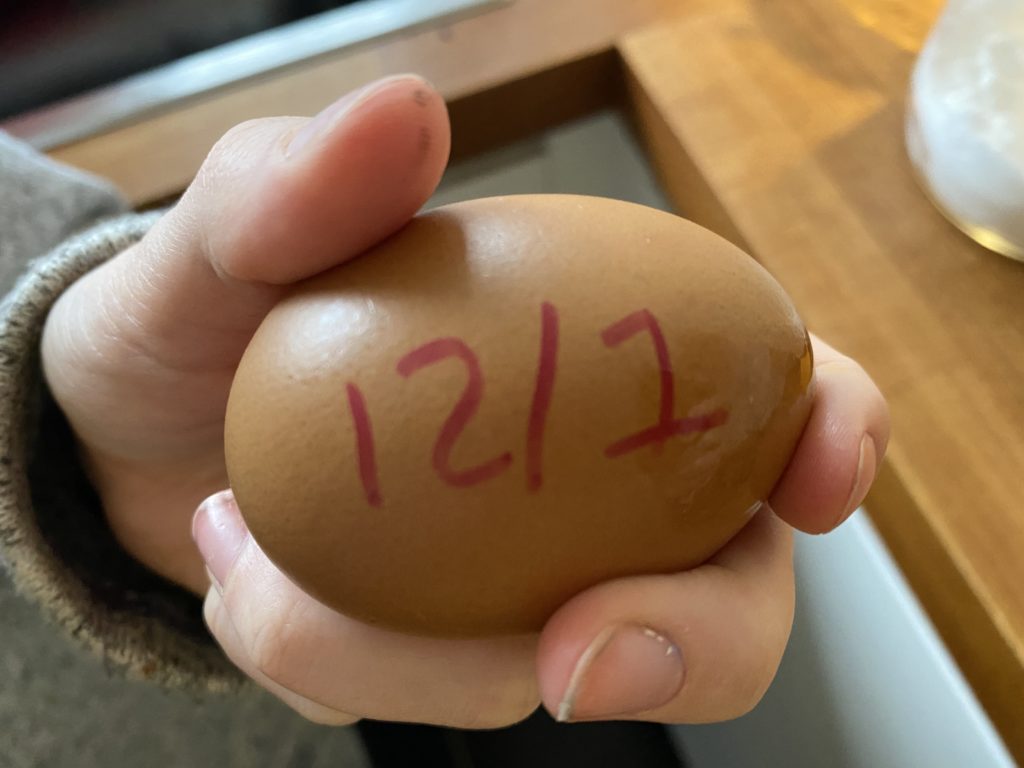
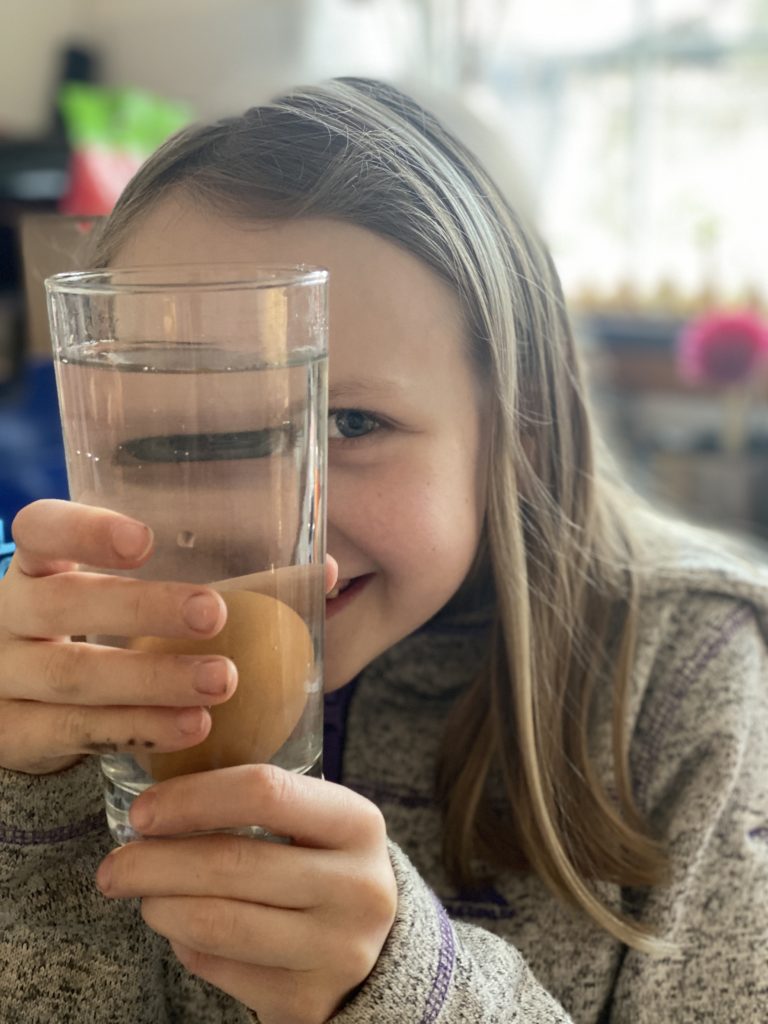



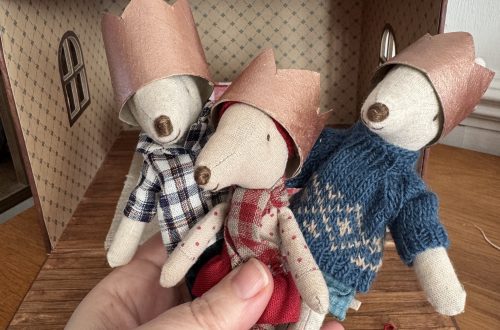
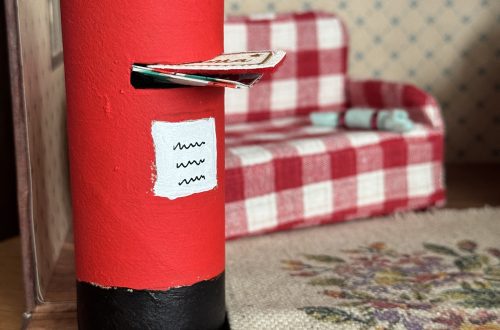
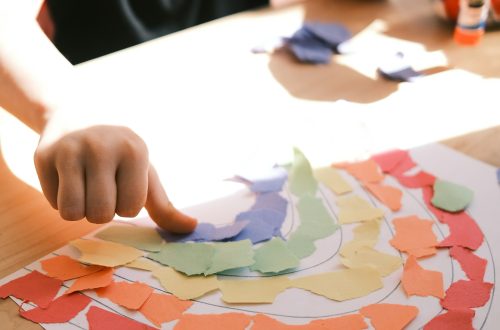
2 Comments on “Sink or float egg?”